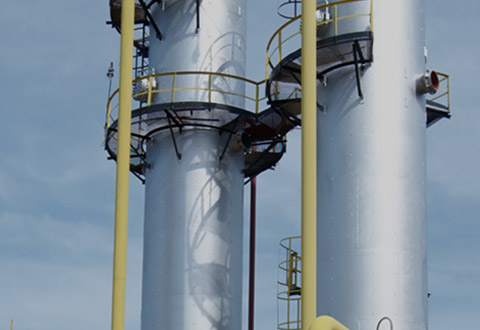
- Mobile Phone
- +8613931874955
- sales@cntcmetal.com
brickwork ties
Understanding Brickwork Ties Essential Components for Structural Integrity
Brickwork ties, often referred to simply as ties, are critical components in the construction of brick structures. These elements play a vital role in ensuring the stability, strength, and longevity of buildings that incorporate brickwork. As construction techniques advance and building materials evolve, the importance of understanding and correctly implementing brickwork ties cannot be overstated.
At their core, brickwork ties are metal strips or rods that are used to connect two different elements of a structure, typically tying the external brick facade to an underlying framework such as a steel or wooden structure. This connection helps to transfer loads and stresses between the elements, contributing to the overall integrity of the building. Common materials for brickwork ties include stainless steel, galvanized steel, and, in some cases, plastic composites designed for specific environments.
One of the main purposes of brickwork ties is to prevent the brick wall from collapsing or bowing away from the structure. Without adequate ties, the weight of the bricks and the forces acting upon them could result in structural failure. In addition, brickwork ties help mitigate the effects of lateral forces, such as wind and seismic activity, ensuring that the building can withstand such stresses without compromising safety.
There are several types of brickwork ties, each designed for specific applications and building conditions
. For instance, ladder ties, which have a shape resembling a ladder, are commonly used in cavity wall construction where a thin air gap is maintained between the outer brick façade and the inner wall. This type of tie helps to keep moisture from penetrating the inner wall while providing necessary support. Another type, is the wall tie, commonly used in solid wall constructions, which offers excellent lateral stability.brickwork ties

When it comes to installation, the placement and spacing of brickwork ties are critical. Ties must be installed horizontally and vertically at specific intervals, usually dictated by local building codes and the type of construction used. Proper spacing is essential to ensure that the ties effectively distribute loads and maintain structural integrity.
In addition to their structural functions, brickwork ties are also subject to various regulatory standards. Building codes often stipulate the minimum requirements for materials and installation practices to ensure safety and durability. This is especially important in regions that experience harsh weather conditions or where buildings must adhere to strict seismic regulations.
Moreover, the maintenance of brickwork ties is an essential aspect of construction that is sometimes overlooked. Over time, the performance of ties can be compromised due to corrosion, fatigue, or mechanical damage. Regular inspections can help identify issues before they escalate, ensuring the longevity of both the brickwork and the structural elements of the building.
In conclusion, brickwork ties are indispensable components of modern construction that significantly impact a building’s stability and performance. Understanding their functions, types, installation methods, and maintenance requirements is crucial for builders, architects, and engineers alike. By ensuring that brickwork ties are correctly integrated into the overall structural design, one can enhance the safety, durability, and aesthetic appeal of brick structures. As construction practices continue to evolve, the role of brickwork ties will remain a fundamental aspect of ensuring the resilience and longevity of brick buildings.
share:
-
Wall Ties for Concrete: Invisible Guardians of Building Structural StabilityNewsAug.08,2025
-
Timber Frame Wall Ties: Stable Bonds for Load TransmissionNewsAug.08,2025
-
Stainless Steel Woven Wire Mesh: A versatile material from boundary protection to functional supportNewsAug.08,2025
-
Powder Coat Coil Springs: Creating peace of mind and reliability with sturdy protectionNewsAug.08,2025
-
Floor Standing Sign Holder: A Powerful Assistant for Flexible DisplayNewsAug.08,2025
-
Binding Iron Wire: An Invisible Bond for Building StabilityNewsAug.08,2025
-
Yard Sign Stakes: Reliable Guardians of Outdoor SignsNewsAug.04,2025



















